When HBO searched the globe for locations that could bring George R.R. Martin’s epic fantasy to life, they found their Seven Kingdoms in Northern Ireland. The rugged coastlines, ancient castles, and mystical forests provided perfect backdrops for everything from Winterfell’s courtyard to the Iron Islands’ rocky shores. For a decade, film crews transformed these real Irish landscapes into the fictional world of Westeros, creating some of television’s most memorable scenes.
Today, these locations draw visitors from around the world who want to walk in the footsteps of Jon Snow, Daenerys Targaryen, and the Stark family. Here is a list of 17 magical Irish spots from Game of Thrones where you can experience the real-world beauty that made the fantasy feel so authentic.
Castle Ward, County Down

This 18th-century estate served as Winterfell, the ancestral home of House Stark throughout the series. The Georgian farmyard and lough shore at this National Trust property set the scene for Winterfell, including the shocking moment when Bran Stark was pushed from the tower.
The 18th-century mansion house rests on a rolling hillside overlooking the Lough, surrounded by a beautiful 820-acre walled demesne with gardens and woodland. Visitors can try archery and explore the estate where so many pivotal Stark family moments unfolded.
The Dark Hedges, County Antrim

The trees here were planted in 1775 by James Stuart to make the approach to his Georgian estate more impressive, but they became globally famous as the Kingsroad, where Arya Stark escaped disguised as a boy. The Dark Hedges have become an iconic location and are one of the most photographed areas in Northern Ireland.
Local legend claims the avenue is haunted by the Grey Lady, a mysterious ghost whose identity remains unknown, adding an extra layer of mystique to this already atmospheric location.
Like Travel Pug’s content? Follow us on MSN.
Cushendun Caves, County Antrim

Formed over a period of 400 million years, the caves can be found a stone’s throw from the little village of Cushendun, designed in the style of a Cornish village. These ancient caves became infamous as the birthplace of Melisandre’s shadow creature in Season 2.
The caves’ natural formation and eerie atmosphere perfectly captured the dark magic elements that made Game of Thrones so compelling.
Ballintoy Harbour, County Antrim

After descending a steep and narrow road (and I mean narrow), you’ll reach a small fishing harbor that doubled as Lordsport Harbour when Theon Greyjoy returned to the Iron Islands.
This picturesque little village has a beautiful fishing harbor located at the end of a steep road down Knocksaughey Hill. The well-protected bay shields the harbor on almost all sides, creating the perfect isolated island atmosphere that the Greyjoy storyline required.
Larrybane Quarry, County Antrim
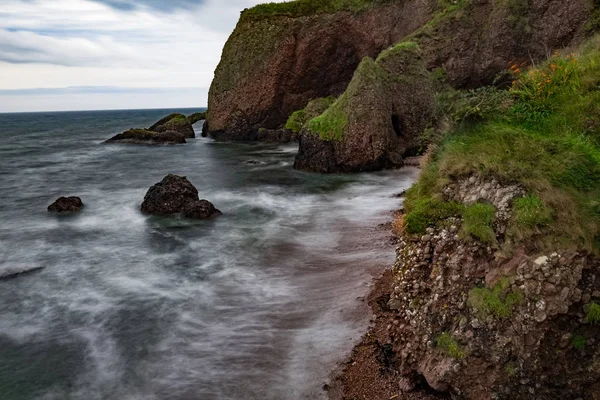
The quarry was used at Renly Baratheon’s Camp (a section of the Stormlands), and the scene showed Renly and his queen, Margaery Tyrell, watching a battle. This location near the famous Carrick-a-Rede rope bridge also hosted the introduction of Brienne of Tarth through her memorable fight with Loras Tyrell.
The quarry now serves as an overflow car park for tourists visiting the rope bridge, making it easily accessible for Game of Thrones fans.
Like Travel Pug’s content? Follow us on MSN.
Murlough Bay, County Antrim
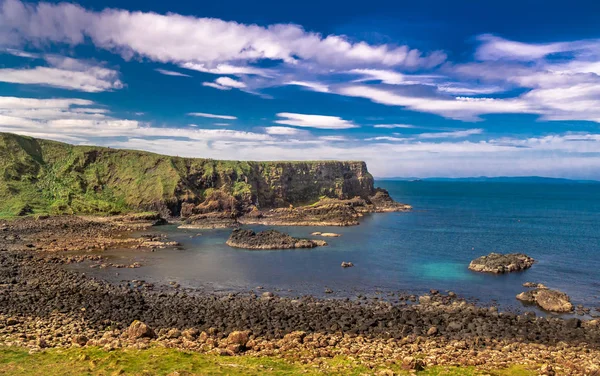
The first of our Game of Thrones Northern Ireland locations is the glorious Murlough Bay — arguably one of the most overlooked of the many Antrim Coast attractions.
This dramatic bay provided stunning coastal scenery for various scenes throughout the series. The bay’s wild beauty and remote location perfectly captured the untamed nature of the lands beyond Westeros’ more civilized kingdoms.
Dunluce Castle, County Antrim

Game of Thrones fans know Dunluce Castle as the House of Greyjoy in the Iron Islands, home of Theon and Yara Greyjoy. These medieval castle ruins perched dramatically on clifftops above the Atlantic Ocean provided the perfect setting for the sea-faring Ironborn.
There are amazing tales of shipwrecks, banshees, and a kitchen that fell into the sea, making its real history almost as dramatic as the fiction filmed there.
Tollymore Forest Park, County Down
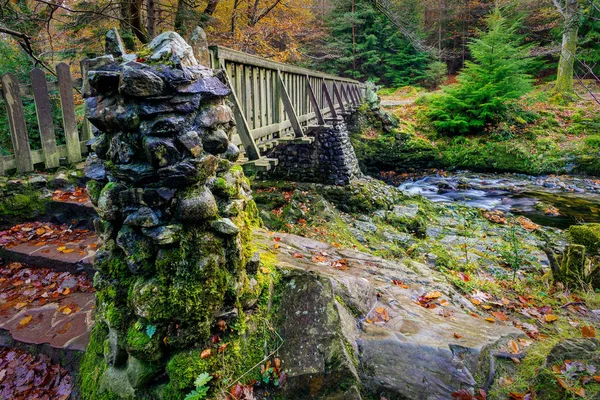
This lovely forested area was the setting for one of the first scenes ever in Game of Thrones — when Robb, Bran, and Jon find their Direwolf pups in the first episode. In 1955, Tollymore was named the first state forest park in Northern Ireland.
The ancient woodlands, featuring stone bridges and mysterious caves, also served as the Haunted Forest, where Wildlings roamed, and the terrifying scene where Ramsay Bolton unleashed his hounds.
Like Travel Pug’s content? Follow us on MSN.
Audley’s Castle, County Down

Five minutes from Castle Ward is Audley’s Castle, a battlement named after the Norman family who arrived in Northern Ireland around 1210. This strategic location served as the spot where Robb Stark positioned his army while preparing to face the Lannisters.
The nearby Audley’s Field hosted the aftermath of the Battle of Oxcross, where Robb first met his future wife, Talisa, in a meeting that would ultimately lead to the infamous Red Wedding.
Inch Abbey, County Down

This medieval building was used as the set for the Riverlands scenes, where Robb Stark’s army waits at the Trident to cross. The 12th-century abbey ruins provided the perfect atmospheric backdrop for the war camp scenes that showed the Young Wolf’s military campaign.
The ancient stones and dramatic arches created an authentic medieval feel that enhanced the show’s historical authenticity.
Magheramorne Quarry, County Antrim
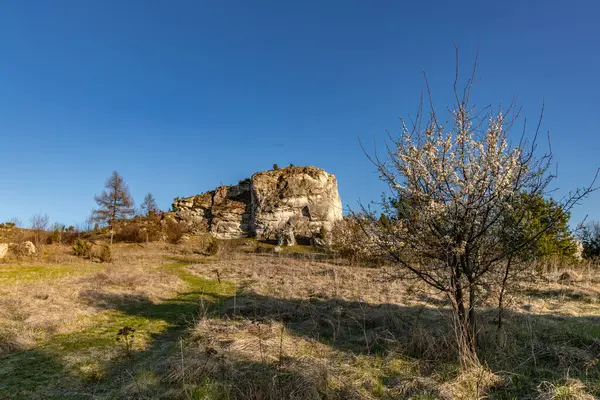
Magheramorne is a small hamlet of about 75 people that’s home to an old stone quarry. The cement plant closed in 1980, and the quarry served primarily as Castle Black and the Wall.
This industrial location was transformed into the Night’s Watch headquarters, where Jon Snow trained and eventually became Lord Commander. The quarry’s stark concrete structures perfectly represented the austere conditions at the edge of the known world.
Like Travel Pug’s content? Follow us on MSN.
Portstewart Strand, County Londonderry

A gorgeous Blue Flag beach managed by the National Trust, Portstewart Strand, served as the Dornish Coast. Sweeping along the edge of the North Coast with idyllic views of Inishowen headland and Mussenden Temple perched atop the cliffs, this beach provided the sunny Mediterranean atmosphere needed for Prince Doran’s kingdom.
The contrast with Northern Ireland’s other, more dramatic locations helped establish Dorne’s unique character in the show.
Fair Head, County Antrim

The Cliffs of Fair Head on the Causeway Coast starred in the show when they were the backdrop for an important scene. It is on these cliffs, standing 600 feet above the sea, that Daenerys Targaryen and Jon Snow first met.
This highly anticipated meeting between the Mother of Dragons and the King in the North required a suitably dramatic backdrop, and Fair Head’s towering cliffs provided exactly the right sense of grandeur and isolation.
Shane’s Castle, County Antrim
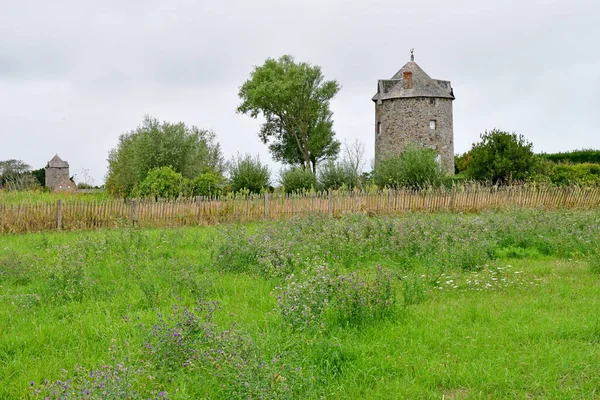
Shane’s Castle stands as a captivating historic estate, offering a picturesque setting that served as a compelling filming location for Game of Thrones. In Season 1 of Game of Thrones, Shane’s Castle held a significant role as the site for the Lannister camp during the tourney.
The castle’s grandeur and extensive grounds perfectly captured the wealth and power that House Lannister sought to display during their political maneuvering.
Like Travel Pug’s content? Follow us on MSN.
Binevenagh Mountain, County Londonderry

Binevenagh Mountain serves as the backdrop for the Dothraki Grasslands in Game of Thrones. Initially featured in Season 5, where Daenerys sought refuge atop her dragon after escaping the Sons of the Harpy.
The mountain’s expansive views and wild grasslands perfectly represented the vast Dothraki Sea where khals roamed with their horse lords, creating an authentic nomadic atmosphere.
Sallagh Brae, County Antrim

The Sallagh Brae is part of the Glens of Antrim and an Area of Outstanding Natural Beauty, offering dramatic scenery. This location appeared in Season 6 when Sandor Clegane (the Hound) lived peacefully with villagers in the Riverlands after surviving his encounter with Arya Stark.
The rolling hills and peaceful farmland provided the perfect setting for the Hound’s brief attempt at redemption and quiet life.
Pollnagollum Cave, County Fermanagh

Pollnagollum Cave, located in County Fermanagh, is another mystical site featured in the series. This remote cave system in the Marble Arch Caves Global Geopark provided another mystical underground location for the show’s magical elements.
The cave’s natural limestone formations and underground chambers created the perfect mysterious atmosphere that Game of Thrones used for its more supernatural storylines.
Like Travel Pug’s content? Follow us on MSN.
Where Fantasy Meets Reality
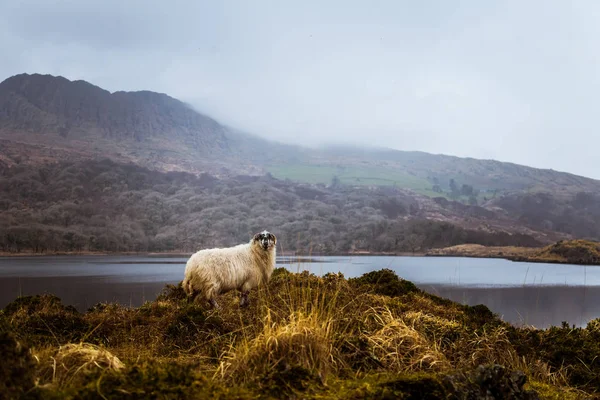
These Irish locations prove that sometimes the most magical fantasy settings are found in the real world. Northern Ireland’s landscapes didn’t just provide backdrops for Game of Thrones — they became integral to the show’s character and atmosphere. For ten years, HBO and Game of Thrones® made Northern Ireland their home, and the connection between these real places and the fictional Seven Kingdoms continues to draw visitors who want to experience both the natural beauty and the cinematic magic.
Whether you’re a devoted fan of the series or simply someone who appreciates stunning landscapes, these locations offer a unique blend of fantasy and reality that captures the imagination in ways that studio sets never could.
More from Travel Pug

- 20 Best Beach Towns in the Carolinas
- 13 Destinations Where Tourists Regularly Regret Their Trip
- 20 Things You Actually Get in First Class
- 20 Small Airports With Aviation Museums
- 20 Places in the U.S. That Are Perfect for a Reset Trip
Like Travel Pug’s content? Follow us on MSN.
